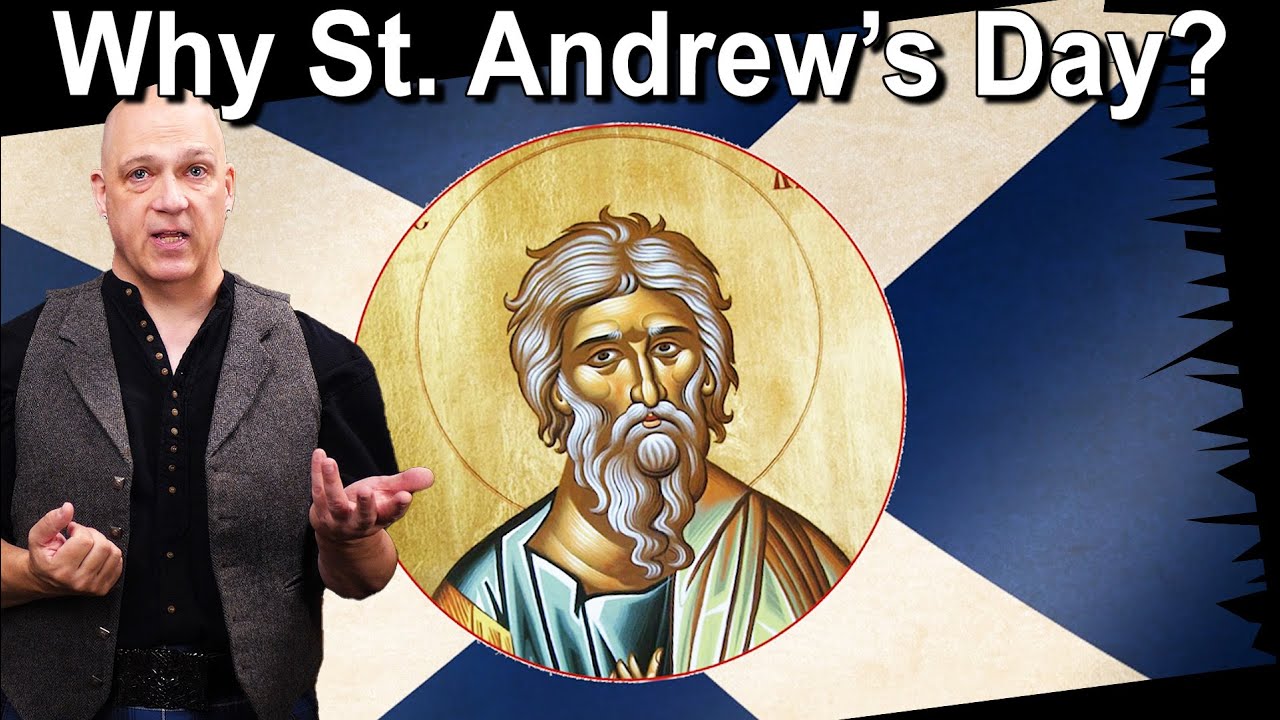Tammany Hall: Controlling New York Politics
Summary
TLDRThe Society of St. Tammany, or Tammany Hall, was a political club in New York City that began in 1789. Initially opposing the Federalist Party, it grew to influence politics significantly, supporting figures like Andrew Jackson and Martin Van Buren. Tammany Hall helped immigrants gain voting rights and funded public works, yet was marred by corruption, epitomized by William 'Boss' Tweed who embezzled millions. Despite its mixed legacy, the organization dissolved in the 1960s after losing political clout, leaving a complex history of both public service and corruption.
Takeaways
- 🏙️ New York City during the Civil War was densely populated with nearly a million people living in tenement housing.
- 🤝 The Society of St. Tammany, or Tammany Hall, was established in 1789 as a political club for New Yorkers.
- 🔹 It initially opposed the Federalist Party and supported the Democratic Party, with Aaron Burr as a key leader.
- 📊 Tammany Hall's influence expanded significantly, growing from 30 members to thousands over time.
- 🗳️ The organization played a role in helping Irish immigrants gain the right to vote.
- 🏛️ After supporting Andrew Jackson's presidential campaign, many Tammany members were rewarded with government jobs.
- 💵 The mid-1800s saw Tammany Hall involved in political corruption, including voter intimidation and the use of local gangs.
- 💼 William 'Boss' Tweed led Tammany Hall in the 1860s, controlling the Democratic Party and much of New York's politics.
- 🏥 Despite corruption, Tammany Hall contributed to funding public works like hospitals, museums, courthouses, and the Brooklyn Bridge.
- 🔍 Tweed was arrested in 1871, convicted of over 200 crimes, and died in prison, highlighting the organization's dual nature.
- 🔕 In the 1930s, President Franklin D. Roosevelt, who was not supported by Tammany Hall, reduced its influence, leading to its eventual dissolution in the 1960s.
Q & A
What was the population of New York City during the Civil War period mentioned in the script?
-The script mentions that New York City was overflowing with nearly a million people during the Civil War.
What was the primary purpose of the Society of St. Tammany, also known as Tammany Hall, when it was first established?
-The Society of St. Tammany, or Tammany Hall, began as a political club for New Yorkers, with most of its members opposed to the Federalist Party.
How did Aaron Burr utilize his leadership of Tammany Hall?
-Aaron Burr used Tammany Hall to actively campaign for the Democratic Party.
What significant change did Tammany Hall bring about for Irish immigrants in New York?
-Tammany Hall helped Irish immigrants gain the right to vote.
How did Tammany Hall's support for Andrew Jackson's presidential campaign benefit its members?
-After supporting Andrew Jackson's successful run for president, many family members of Tammany Hall were rewarded with high paying government jobs.
Who was the leader of Tammany Hall when it won the presidential election of 1836?
-Martin Van Buren was the leader of Tammany Hall when it won the presidential election of 1836.
What era did the mid-18th century usher in for political corruption in New York, according to the script?
-The mid-18th century ushered in a new era of political corruption in New York, with members of Tammany Hall enlisting local gangs to intimidate voters.
Who became the legendary leader of Tammany Hall in the 1860s?
-William Magear Tweed became the legendary leader of Tammany Hall in the 1860s.
What are some of the major projects that Tammany Hall helped fund, as mentioned in the script?
-Tammany Hall helped fund new hospitals, museums, courthouses, and even the Brooklyn Bridge.
What was the estimated amount of money that Tweed and his associates skimmed off the top according to the script?
-According to some estimates, Tweed and his associates skimmed $200 million off the top as they doled out contracts and jobs.
How did Franklin D. Roosevelt's relationship with Tammany Hall affect the organization?
-Franklin D. Roosevelt, who hadn’t been supported by Tammany Hall, used his influence as New York governor and then President to reduce the status of the organization.
When did Tammany Hall dissolve, and what was the implication of its dissolution?
-Tammany Hall finally dissolved in the 1960s, marking the end of an organization that had a complicated legacy of both good and bad in the city over more than 150 years.
What insight does the script suggest can be gleaned from individuals and organizations with a complicated legacy like Tammany Hall?
-The script implies that the insight to be gleaned from such individuals and organizations is the complexity of their impact, showing that they can both contribute positively to society and engage in corrupt practices.
Outlines

Dieser Bereich ist nur für Premium-Benutzer verfügbar. Bitte führen Sie ein Upgrade durch, um auf diesen Abschnitt zuzugreifen.
Upgrade durchführenMindmap

Dieser Bereich ist nur für Premium-Benutzer verfügbar. Bitte führen Sie ein Upgrade durch, um auf diesen Abschnitt zuzugreifen.
Upgrade durchführenKeywords

Dieser Bereich ist nur für Premium-Benutzer verfügbar. Bitte führen Sie ein Upgrade durch, um auf diesen Abschnitt zuzugreifen.
Upgrade durchführenHighlights

Dieser Bereich ist nur für Premium-Benutzer verfügbar. Bitte führen Sie ein Upgrade durch, um auf diesen Abschnitt zuzugreifen.
Upgrade durchführenTranscripts

Dieser Bereich ist nur für Premium-Benutzer verfügbar. Bitte führen Sie ein Upgrade durch, um auf diesen Abschnitt zuzugreifen.
Upgrade durchführenWeitere ähnliche Videos ansehen

Homilia Diária | Um santo transformado pela Verdade (Memória de Santo Inácio de Loyola, Presbítero)

St Ignatius and the Two Wolves

Positive Coach vs Negative Coach | A 5-a-Side Surprise! | England

10 rzeczy, które musisz wiedzieć o IVE

Saint Andrew's Day - Who Was St. Andrew And Why Do Scots Celebrate His Day?

The Catholic Church - Builder of Civilization, Episode 5: The University System

07 - Filosofia Cristã
5.0 / 5 (0 votes)
